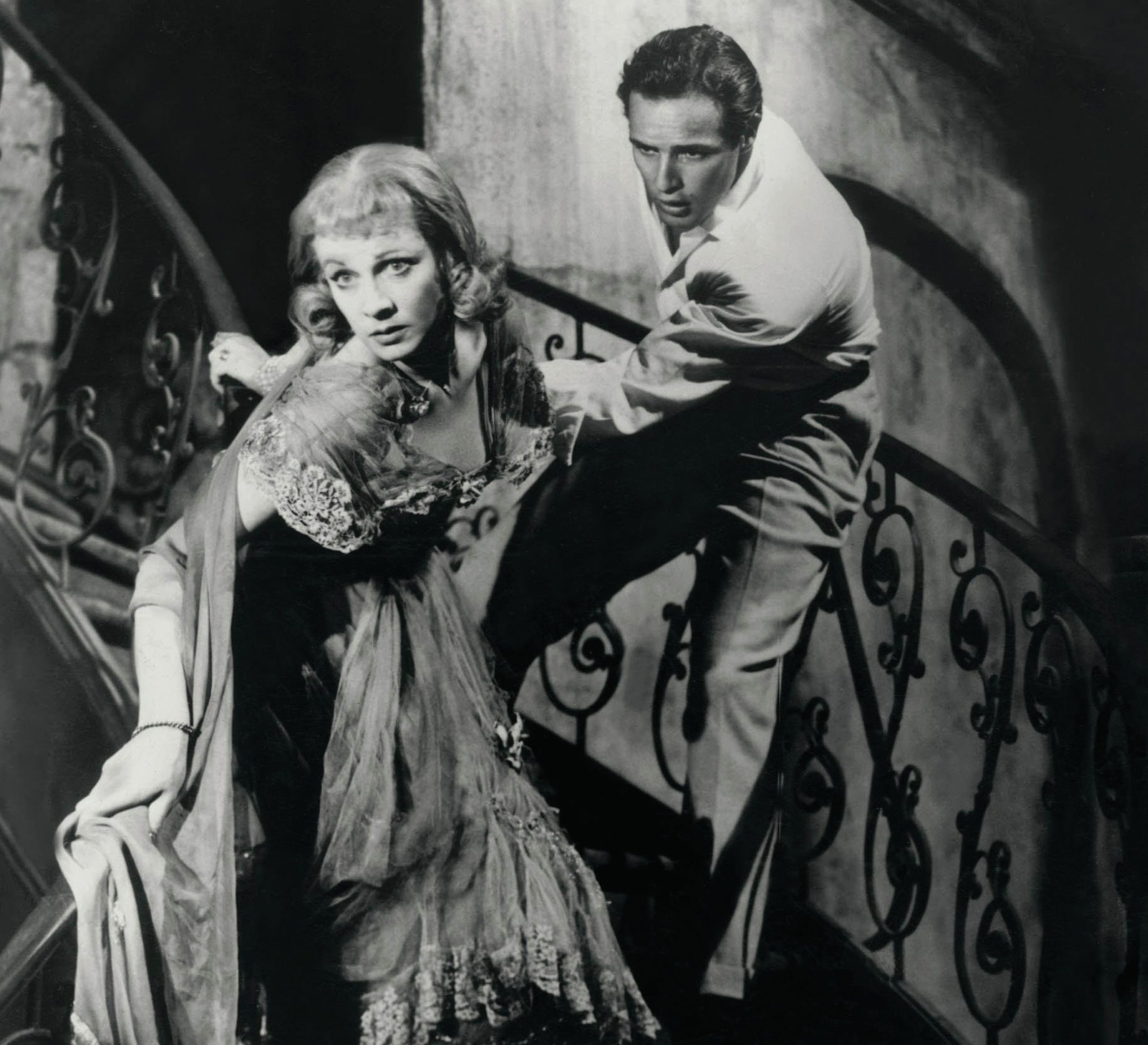
The feminist literary theorist Julia Kristeva coined the term ‘intertextuality’ to describe the process whereby textual ‘meaning’ is mediated through the reader’s awareness of other texts he or she has encountered previously. Kristeva — like Roland Barthes, whose 1968 essay announced The Death of the Author — saw meaning not as intrinsic to the text but as something brought to it by individual readers. This essay will look at how we might read and interpret a pattern of reported and dramatised assaults, both figurative and literal, in four very different texts across time in the light of Kristeva’s ideas. The relevant A-level assessment objectives here are:
■ AO2: ‘demonstrate detailed critical understanding in analysing the ways in which structure, form and language shape meanings in literary texts’
Your organisation does not have access to this article.
Sign up today to give your students the edge they need to achieve their best grades with subject expertise
Subscribe




